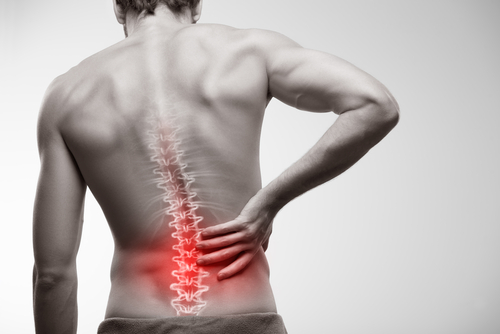
Top Tips to Prevent Sciatica
-
Stay active – regular exercise will help to keep your back and core muscles strong. A varied exercise program will also help to maintain the mobility of the spine and extremities.
-
Posture – If you are office-based, spend some time correctly setting up your work station. When it comes to preventing sciatica, a good chair with lumbar support is paramount.
-
Avoid sitting for long periods – If you are working or studying at a desk, good posture will not suffice – you must take regular breaks from sitting
-
Safe lifting habits – When lifting a heavy load from the floor, make sure the legs are doing most of the work. Keep the back relatively straight and bend from the knees.
If you are suffering from sciatica and would like more information, call us on (01) 825 2623 or email us at info@cloneephysio.ie

